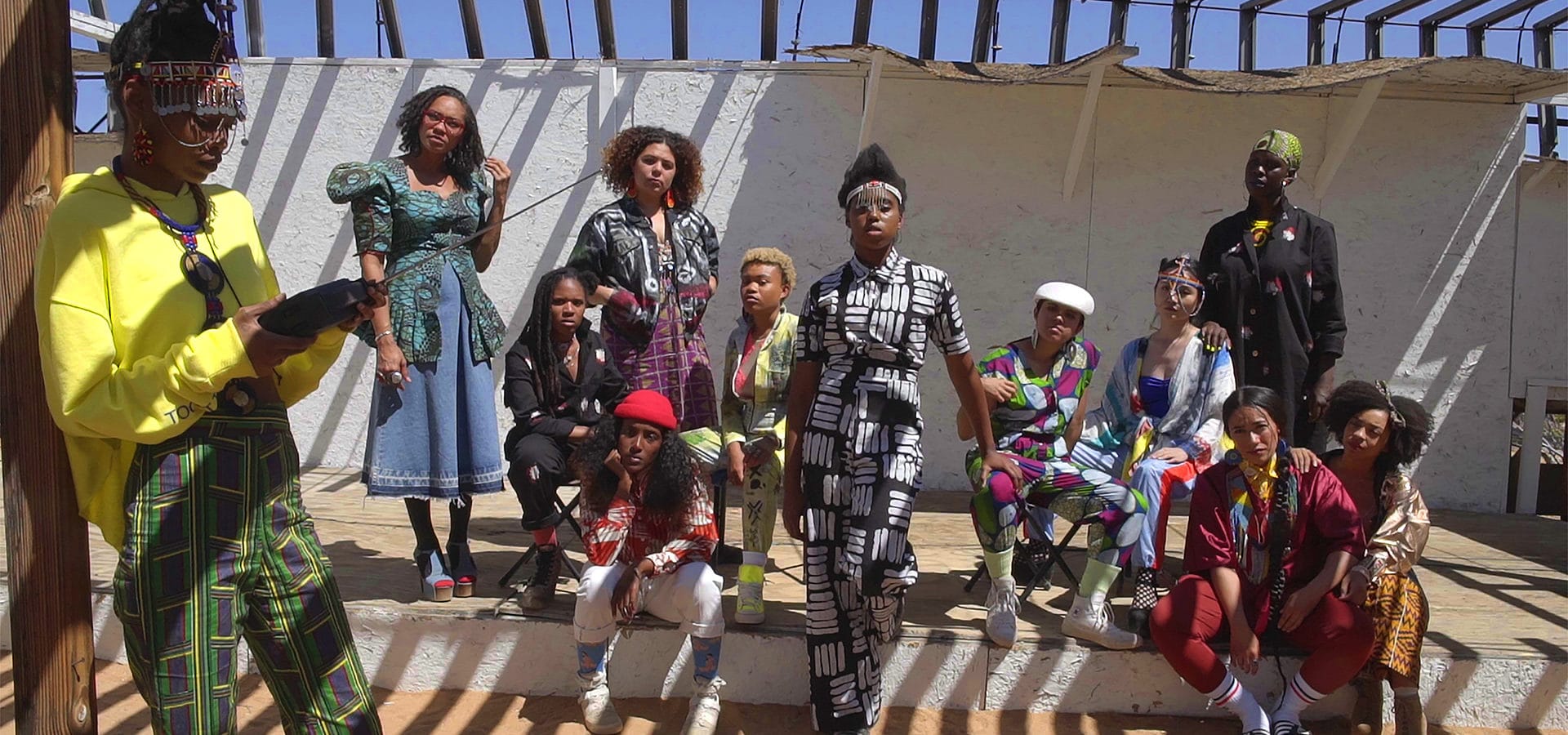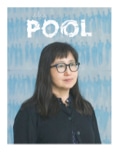It was supposed to be a sort of homecoming for Riverside, Calif.,-born multimedia artist, CalArts School of Art faculty and 2020 Wein Prize winner Cauleen Smith. Her solo exhibit, Give It or Leave It, was due to open at the Los Angeles County Museum of Art (LACMA) in November. But like most things in the United States, the show’s opening is on pause, thrown into uncertainty by the COVID-19 pandemic that, seven months in, continues to upheave daily life.
In Smith’s LACMA show, which has traveled through Philadelphia, Seattle, and Richmond, Va., prior to its Los Angeles engagement, the artist uses video channels to project multiple films, as in “Epistrophy” (2018). In the middle of the exhibit room, a large wooden table bears props from the projected films, including a Magic 8-Ball, a glass vase, and a taxidermied raven. These everyday objects are made sacred by the table-turned-altar, and their unmoving shadows are thrown against the film projections. As guests pass through the rooms, their moving silhouettes are added to the films, resulting in art that’s immersive and idiosyncratic to the viewer.
Using woven metallic polyesters and two-tone silk, Smith affixes the phrase, “I appreciate you in advance,” onto a fiberglass screen, letting the shadows of the missive—one that Smith says she hears older Black women in Chicago use to get usually younger people to do something for them—play on the wall behind the artwork. “It’s like, ‘I’m not going to thank you later because I already know you’re going to do what I say,’” Smith explains to The Seattle Times.

Single-channel short films also dot the exhibition, including “Pilgrim” (2017), “Black and Blue Over You (After Bas Jan Ader)” (2010), “Strelitzia Satellite Meditation” (2012), “Cotton Plant 187?” (2018), as well as “Sojourner” (2018), whose title is a tribute to the feminist abolitionist Sojourner Truth and whose 22-minute run includes a restaging of a Bill Ray Watts Towers photograph with an all-female cast set in the Noah Purifoy Outdoor Desert Art Museum.
This generous, inclusive community-oriented art is a pillar of Smith’s practice. Her oeuvre ruminates on, is in communion with, and expands on radical Black art in America. For Give It or Leave It, she draws inspiration and elements from several Black artists who, through their disparate works, reach for utopias. In addition to Ray’s photoshoot of young Black men at Watts Towers a year after the riots and Purifoy (himself a Chouinard alumnus) and his desert assemblages in Joshua Tree, Calif., the exhibit breathes in the influence of jazz musician Alice Coltrane and her ashram in Agoura, Calif., and spiritualist Rebecca Cox Jackson and her Black Shaker community in Philadelphia. All four artists’ works engage with a broader public, reject exclusion, and invite people in. Smith takes these acts of generous art and community making and multiplies them in her work.
Indeed, Give It or Leave It almost requires an audience, bodies moving through the spaces between objects, adding their own forms to Smith’s varied artwork. Which is why the pandemic is particularly devastating to the show. “Nothing about the pieces of Give It or Leave It was made for the digital space,” Smith says.
On June 19, Smith wrote in Art in America: “I don’t understand art making without public space. When the COVID-19 shelter-in-place policy began and exhibitions were shut down, I was in crisis.” To combat this crisis, Smith has turned to Instagram in the interim, where, in addition to sharing several short films that were on public exhibition in institutions faced with closures, she released “#covidmanifesto,” photos of short notes where the artist ruminates on COVID-19 and its connections to capitalism, racism, and police brutality in the United States. She’s quick to clarify, though, that Instagram is a poor substitute for the real-world experience of walking through a museum, adding, “It’s just a platform. It’s not a place to have an actual conversation.”
It’s still up in the air when LACMA will reopen its doors to visitors. Still, Give It or Leave It is being mounted, allowing Smith to really embrace the ethos that the show’s title conveys: creating something that reaches out a hand but expects nothing in return. “I’m excited for the CalArts and Los Angeles communities to see this exhibit since it’s going to be in their own backyard,” Smith says. “Hopefully we can figure out some way to do it in a socially distanced manner.” In the meantime, Smith will appear online to talk about the exhibit with Columbia University professor Brent Hayes Edwards on Nov. 19, as part of the LACMA-sponsored Confabulations conversations series.









